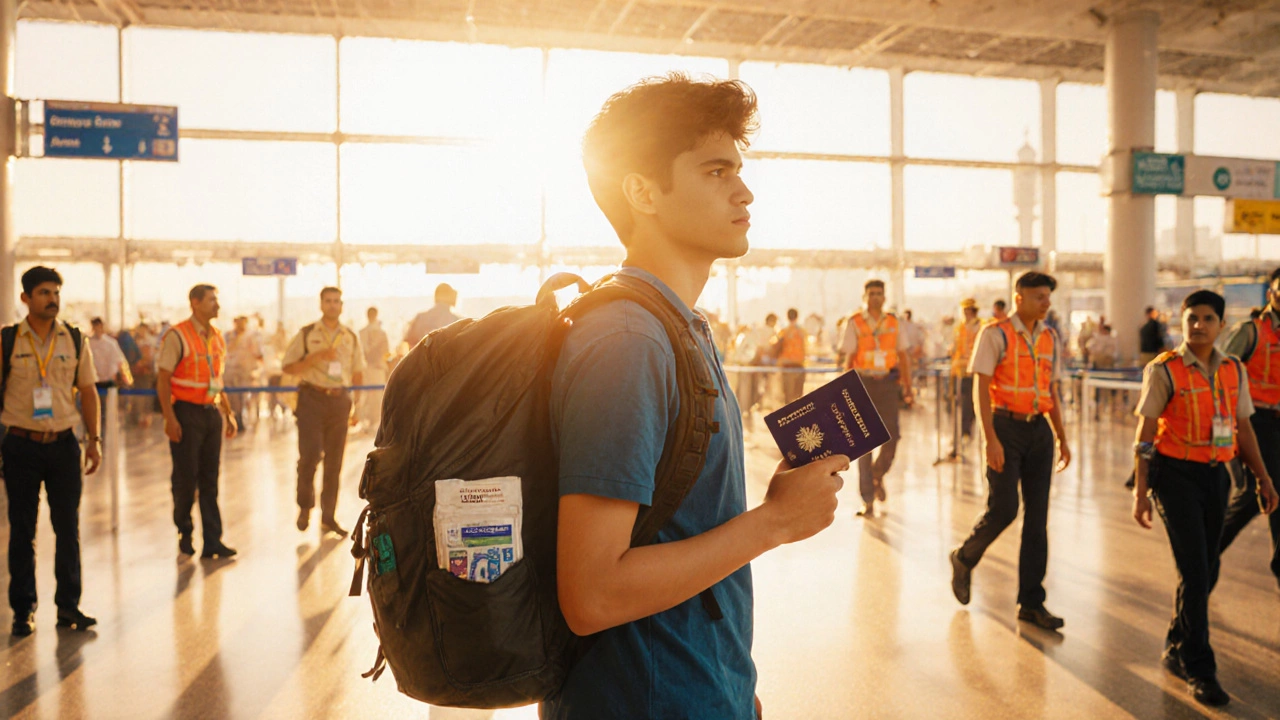Indian Food Guide: Eat Safe, Eat Right Across India
When you think of Indian food, a vibrant, spice-rich culinary tradition with hundreds of regional styles and street-side traditions. Also known as South Asian cuisine, it’s one of the most loved—and most misunderstood—food cultures in the world. You don’t need to avoid it to stay healthy. You just need to know what to look for.
Many travelers worry about getting sick from Indian street food, freshly prepared meals sold by vendors on sidewalks, markets, and train platforms across the country. But the truth? Most stalls serving hot, sizzling food are cleaner than you think. The real risks come from cold drinks, raw salads, and ice made from tap water. A simple rule: if it’s cooked right in front of you and served piping hot, you’re usually safe. Dosa, samosa, chaat, kebabs—these are all fine if they’re fresh off the griddle. Skip the fruit that’s been sitting out, and always choose bottled water. Even in busy cities like Delhi or Mumbai, you’ll find vendors who’ve been feeding locals for decades—and they know how to keep their food safe.
What you eat matters just as much as where you eat it. Food hygiene in India, the practices that prevent contamination from bacteria, parasites, and unclean water. isn’t about fancy kitchens. It’s about heat, timing, and freshness. Cooked food stays safe longer than raw. Boiled tea? Safe. Tap water? Not unless it’s filtered. Local yogurt? Often safer than store-bought because it’s made daily. And don’t panic if you see a vendor wiping their hands on their shirt—they’re used to working fast. What counts is whether the food itself is handled with care.
India’s food varies wildly from region to region. North India loves butter chicken and naan. South India thrives on dosa and coconut chutney. In the East, fish curries dominate. The West serves up pav bhaji and vada pav. A good travel food tip, a practical piece of advice to help travelers enjoy local meals without health risks. is to follow the crowd. If locals are lining up, it’s usually a good sign. Don’t be afraid to point and smile. Most vendors will understand what you want—even if you don’t speak Hindi or Tamil.
There’s no magic formula to avoid stomach trouble. But you don’t need to eat bland hotel food either. With a few smart choices, you can taste real India without the consequences. The food here isn’t just fuel—it’s culture, history, and daily life served on a banana leaf or a metal plate. You owe it to yourself to try it the right way.
Below, you’ll find real advice from travelers who’ve been there—what worked, what didn’t, and exactly which dishes to say yes to. No fluff. No fear. Just clear, tested tips so you can eat like a local and leave with a full belly, not a bad stomach.
